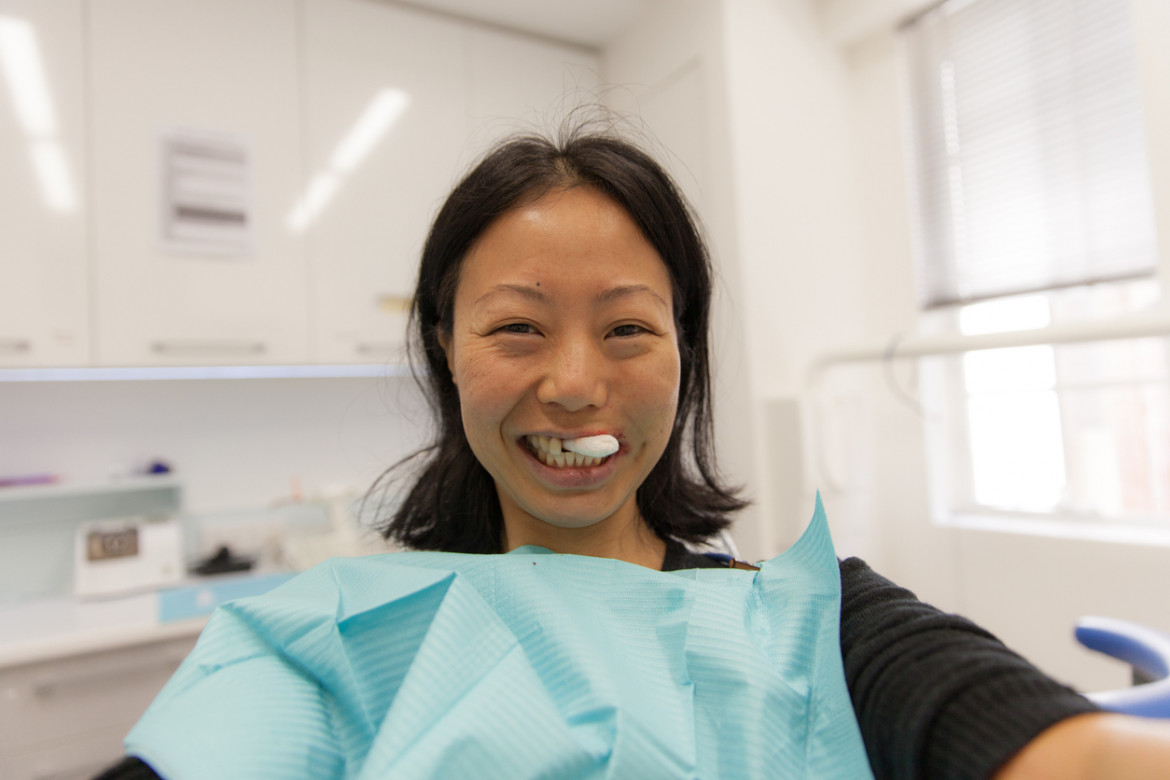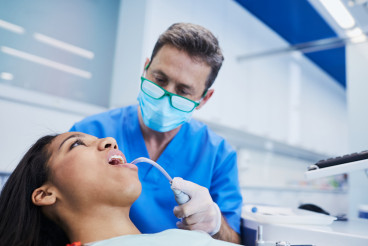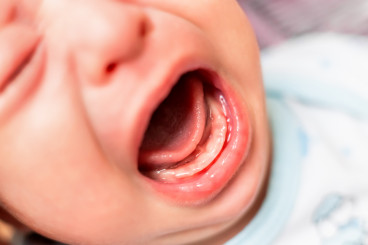Tips for Minimizing Discomfort After Tooth Extractions: A Comprehensive Guide
Discover proven strategies for minimizing discomfort after tooth extractions, from immediate aftercare to long-term recovery. This detailed guide covers essential pain management techniques, dietary recommendations, and proper oral hygiene practices, helping you ensure optimal healing and prevent complications during your post-extraction recovery journey.

The days following tooth extractions can be challenging, but with proper care and attention, patients can significantly minimize discomfort and ensure optimal healing. Understanding the recovery process and following appropriate aftercare guidelines is essential for a smooth recovery experience.
Immediate Aftercare: The Critical First 24 Hours
The first 24 hours after tooth extractions are crucial for establishing proper healing. During this period, maintaining the gauze pad placed by the dentist for approximately 30-45 minutes is essential. While some bleeding is normal, if it persists, patients may need to replace the gauze pad with a clean one every half hour. It's vital to avoid activities that could disturb the forming blood clot, such as excessive spitting or aggressive rinsing.
Pain Management and Swelling Control
Effective pain management begins with following the dentist's prescribed medication schedule precisely. Most dental professionals recommend a combination of prescribed pain relievers and over-the-counter medications like ibuprofen or acetaminophen. However, aspirin should be avoided as it can increase bleeding risk. Ice pack application plays a crucial role in managing both pain and swelling during the first 48 hours. Applying ice for 15-20 minutes at a time, with regular breaks, helps reduce inflammation and provides natural pain relief.
Nutrition and Hydration During Recovery
Proper nutrition plays a vital role in the healing process after tooth extractions. Initially, patients should focus on consuming soft, cool foods that require minimal chewing. Yogurt, pudding, smoothies, and well-cooked pasta are excellent choices for the first few days. It's crucial to stay well-hydrated, though patients must avoid using straws as the suction can dislodge the blood clot and lead to complications. As healing progresses, patients can gradually introduce more substantial foods, always being mindful of the extraction site.
Maintaining Oral Hygiene Without Disrupting Healing
While maintaining oral hygiene is essential, it requires a modified approach during the healing period. After the first 24 hours, gentle salt water rinses can begin, helping to keep the area clean and promote healing. Regular tooth brushing should continue, though extra care must be taken to avoid the extraction site. The salt water rinses, performed several times daily, help reduce bacteria and provide mild pain relief.
Understanding the Recovery Timeline
Recovery from tooth extractions typically progresses through several stages. The initial swelling usually peaks around 48-72 hours post-extraction before gradually subsiding. Patients can expect some degree of discomfort for several days, though this should steadily improve. After the first week, most individuals can return to their normal dietary habits, though caution around the extraction site remains important.
Recognizing and Responding to Complications
While most tooth extractions heal without incident, understanding the difference between normal healing and potential complications is crucial. Normal healing involves gradual improvement in pain levels, decreasing swelling, and minimal bleeding that subsides within the first day. However, severe pain lasting more than three to four days, excessive bleeding, increasing swelling after 72 hours, or the presence of fever requires immediate professional attention.
Activity Modifications for Optimal Healing
The body needs time and energy to heal properly after tooth extractions. During the initial recovery period, patients should avoid strenuous physical activities and keep their head elevated while resting or sleeping. Smoking and tobacco use must be completely avoided as they significantly impair healing and increase the risk of complications. Most patients can return to work or school within a few days, though those with physically demanding jobs may need additional recovery time.
Long-term Considerations and Future Care
Complete healing after tooth extractions typically takes several weeks, though the most significant discomfort subsides much sooner. During this time, maintaining good oral hygiene practices and attending scheduled follow-up appointments ensures proper healing. For patients who have had teeth removed due to decay or damage, discussing future replacement options with their dental professional can help maintain optimal oral health and function.
The success of recovery after tooth extractions largely depends on following proper aftercare instructions and maintaining open communication with dental care providers. While the healing process requires patience and attention to detail, most patients can expect a full recovery with minimal complications when following these guidelines. Remember that each patient's situation is unique, and specific instructions from the dental professional should always take precedence over general advice.
Through careful attention to these recovery guidelines and maintaining regular communication with dental care providers, patients can ensure the best possible outcome after their tooth extractions. The journey to complete healing may take time, but with proper care and patience, a successful recovery is well within reach.
ADA Codes relevant to Tooth Extractions Procedures
Here you can find ADA Codes relevant to tooth extractions:
D7140: Simple extraction – Removal of an erupted tooth that does not require sectioning or elevation.
D7210: Surgical removal of an erupted tooth – Includes removal that involves sectioning and elevation of mucoperiosteal flaps if necessary.
D7220: Surgical removal of a partially bony impacted tooth – Partial bony coverage requires surgical access to remove the tooth.
D7230: Surgical removal of a completely bony impacted tooth – The tooth is entirely covered by bone, requiring surgical access.
D7250: Surgical removal of residual tooth roots – Typically involves cutting or sectioning for non-erupted roots.
D7510: Incision and drainage of abscess – Often associated with extractions for managing localized infections
Tooth Extractions Discount via Dental Auctions with Dr. BestPrice
Ready to save on your next dental procedure? Visit Dr. BestPrice Dental Auction Site to find affordable dental care in your area. Compare prices, bid on procedures, and access significant dental savings through our innovative auction platform. Join thousands of satisfied patients who have discovered budget-friendly dental treatment options through our dental auction service. Start exploring dental discounts today and never overpay for dental care again.



